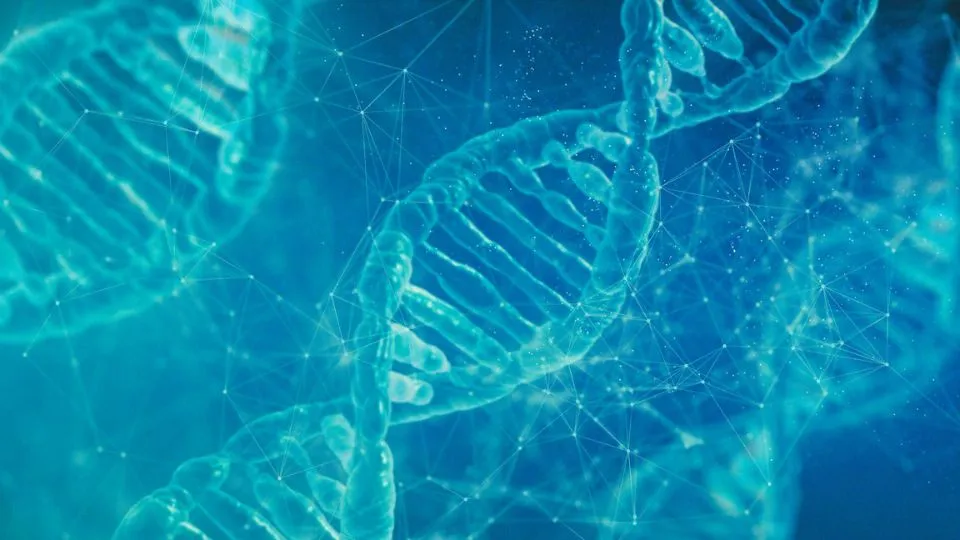Does the Human Male face extinction? The Y chromosome, which promotes the development of male sexual organs in a human being, might be in danger of extinction today. This chromosome has undergone years of mutation and damage, which has resulted in the loss of many genes that were considered “redundant” or “non-essential”. The Y chromosome is now primarily used for specifying the male sex, which might also be in peril as the chromosome itself continues to deteriorate, and may one day vanish, along with the male determinant in humans.
Why is it facing danger?
The Y chromosome contains the SRY gene – sex-determining region Y gene – which is responsible for developing male characteristics in an unborn human. But this chromosome does not exist in pairs like all other chromosomes do. This deprives the Y chromosome of the benefit of genetic recombination, a process by which pairs of chromosomes are shuffled each generation to get rid of genetic mutation. Existing solo has forced the Y chromosome to lose many genes over time, and serve primarily to determine the male sex. A study from the University of Kent has found that the Y chromosome shrinks with each generation. At some point in human history, the Y chromosome was as gene-rich as the X chromosome. But now, while the X chromosome contains essential genes for human survival, the Y chromosome has been reduced only to determine the male sex. And it will continue to deteriorate with time.
Also Read | 45% Surge in Zero Vaccine Children: India’s Vaccination Program has a Red Flag
Evolutionary solutions
Another study published in PLoS Genetics gives a ray of hope for humankind. It states that the Y chromosome creates a certain DNA sequence, called palindromes, to repair damaged genes. In this process, existing genes are used as a blueprint for repairing the damaged ones. There is also a likelihood for gene amplification in the Y chromosome, to reduce the probability of genes being lost. If the chromosome continues to decline, researchers believe that the SRY gene might latch itself onto another chromosome, which will make the new chromosome the sex-determinant. So, even if the Y chromosome completely vanishes, the human male may continue to exist.
Conclusion
The Y chromosome hasn’t been going anywhere for another 4.6 million years, so humanity has a lot of time to figure out how to sustain itself. With the latest methods of genetic engineering coming up, we may be able to figure out a way to reproduce without the Y chromosome at all. Science is vigorously making advancements in new methods of human reproduction. Who knows, 4.6 million years later, we, as a society, may be completely unrecognizable in our ways.
Also Read | How much water do you need to drink to control your blood sugar?










